#camera2
Explore tagged Tumblr posts
Text

3 notes
·
View notes
Video
vimeo
The Monster from RINWATCHARA on Vimeo.
Title : The Monster Client : SCB x FWD Agency : Adapter Digital Agency Production House : The Ordinary House
Director : Pattara Akarapunyakit (Peat) Producer : Wanchanok Saengchai (Wine) Assistant Director : Yannawat Phuenudom (Ohm) Director of Photography : Pakorn Saneewong Na Ayutthaya (LENG) Camera2: Pontanatos Pooket (Rin) Production Manager : Atchara Rungsantia (Ploy) Production Assistant1 : Jutatip Jantan (Fy) Production Assistant2 : Chayawat Bunyapanitsakul (Petch) Art Director : Taweesak Prayursuk (Ert) Prop master : - Mock up : Vittaya Chansrt (Thui) Casting : Naroupat Pintakhum (Frame) Stylist : Jaturong yuya (Ohae) Make Up : Natthanun Sutthiumporn (X) Hair : Nutkamol Suktang (Amiez) Sound : Dhatchai Saiyukett (Toto) Boomman : Chalermsak posuwan(Arm) Storyboard Artist : Pairoje Kungwankiettichai (Meng)
2 notes
·
View notes
Text
iiam so excited for this i instantly downloaded it and went to find those settings

I had to change my cameras API from "original camera api" to "camera2 api" and only then would the noise reduce algoithem and edge enhance algorithem show up under "proccessing settings"
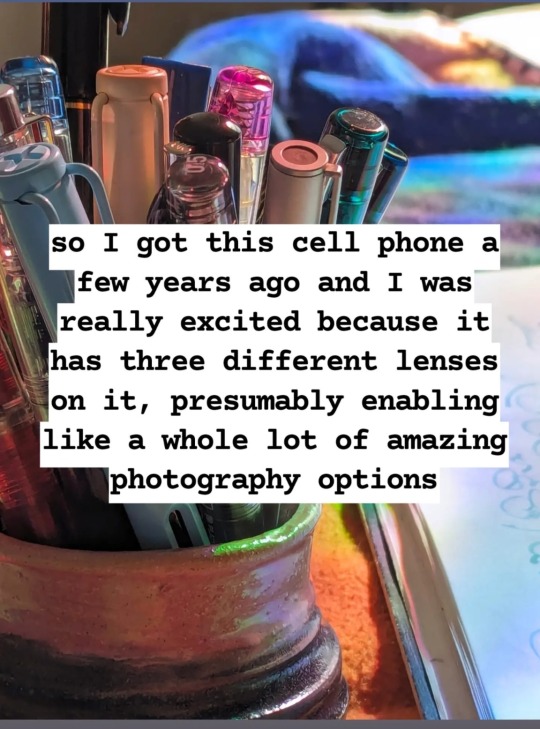
I am mad about cellphone cameras hiding the processing they do, and I am glad about software that lets me control it and opt in and out, and I dictated this rant on insta so I am resharing the images here and will attempt to turn this into a useful text post on my blog in future, when my hand is working better 🤘👍
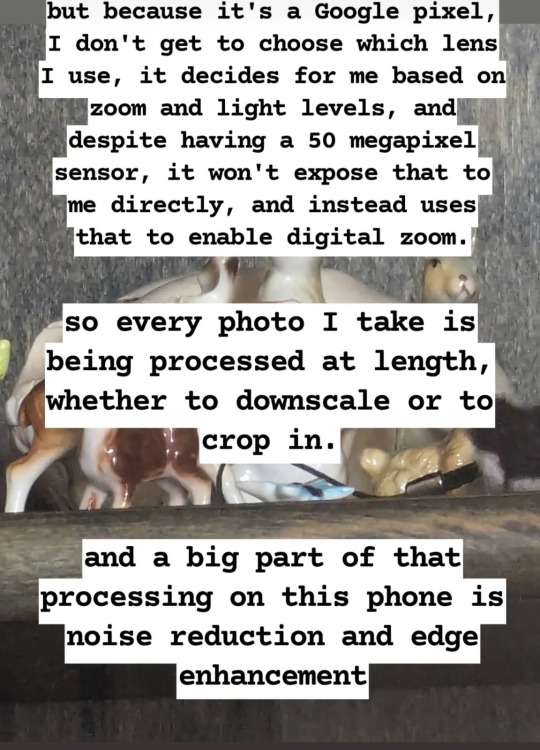
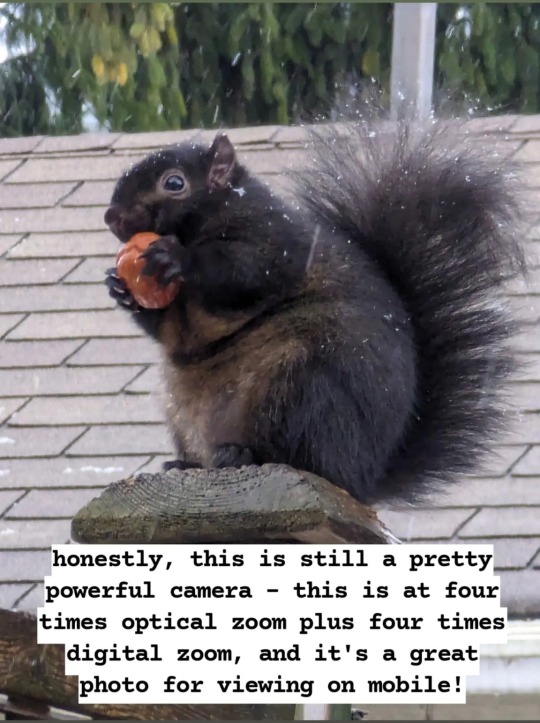
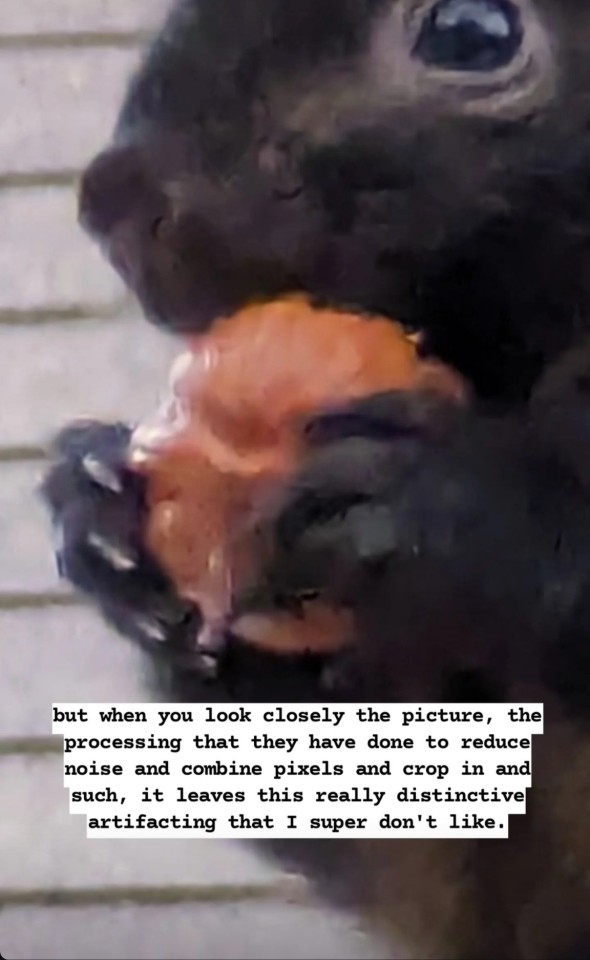
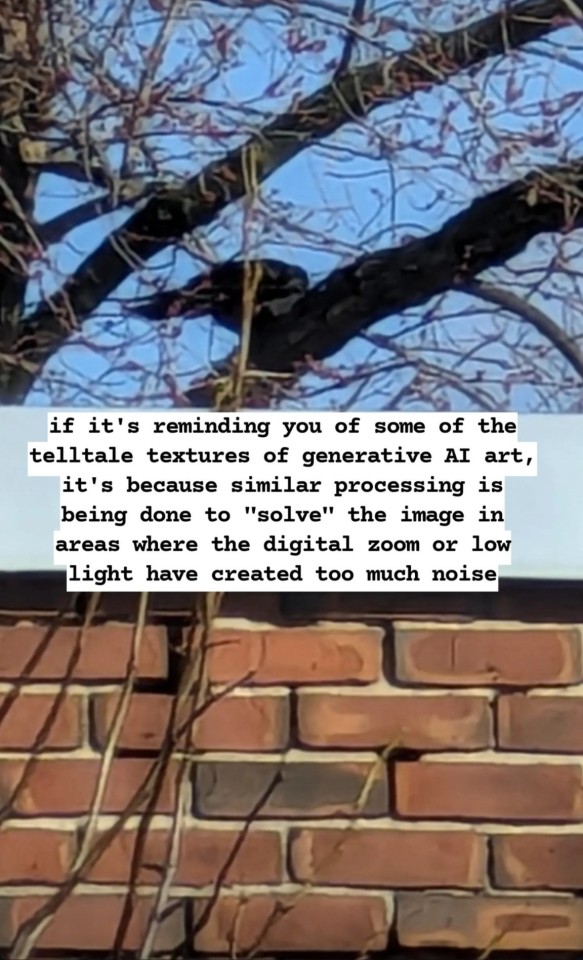
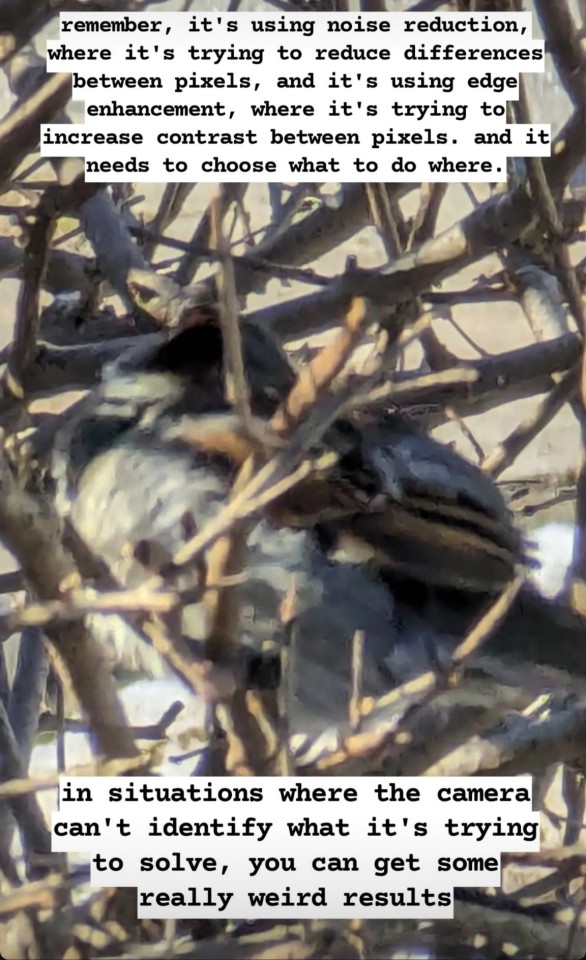
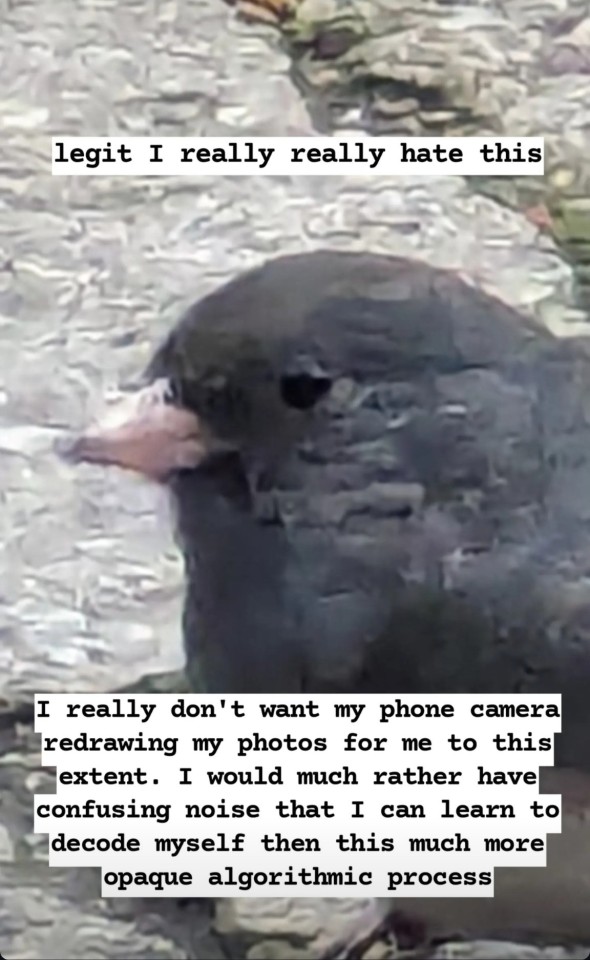
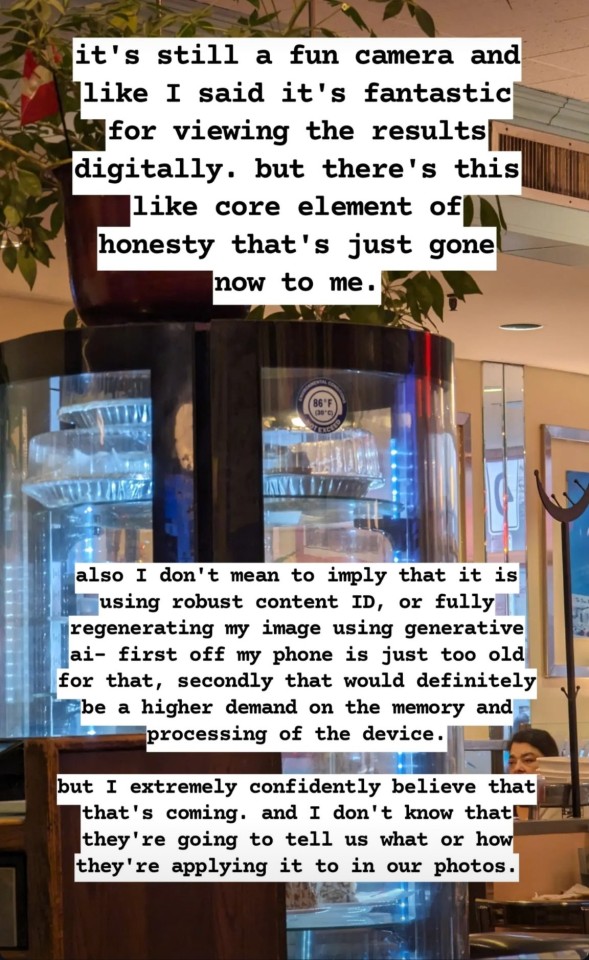
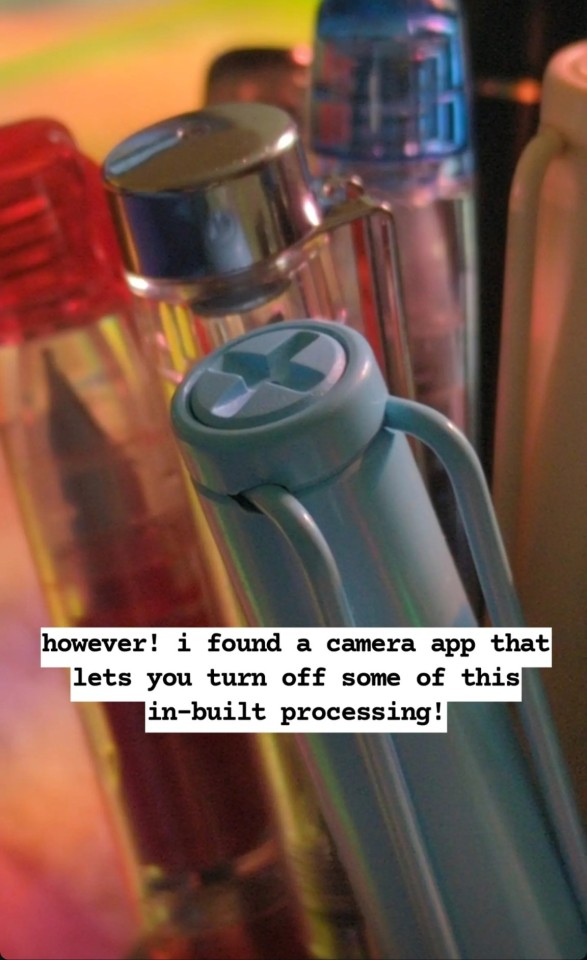
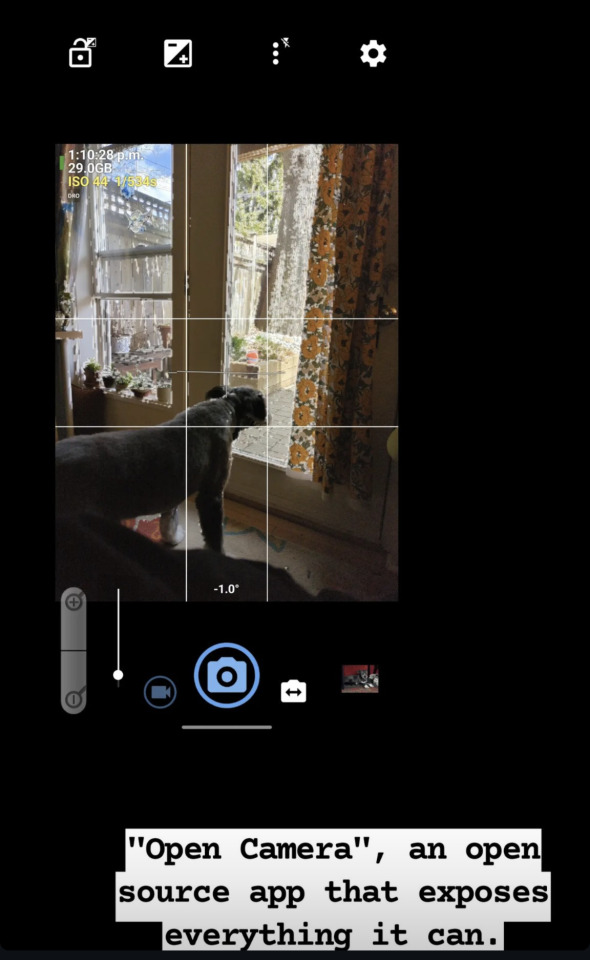

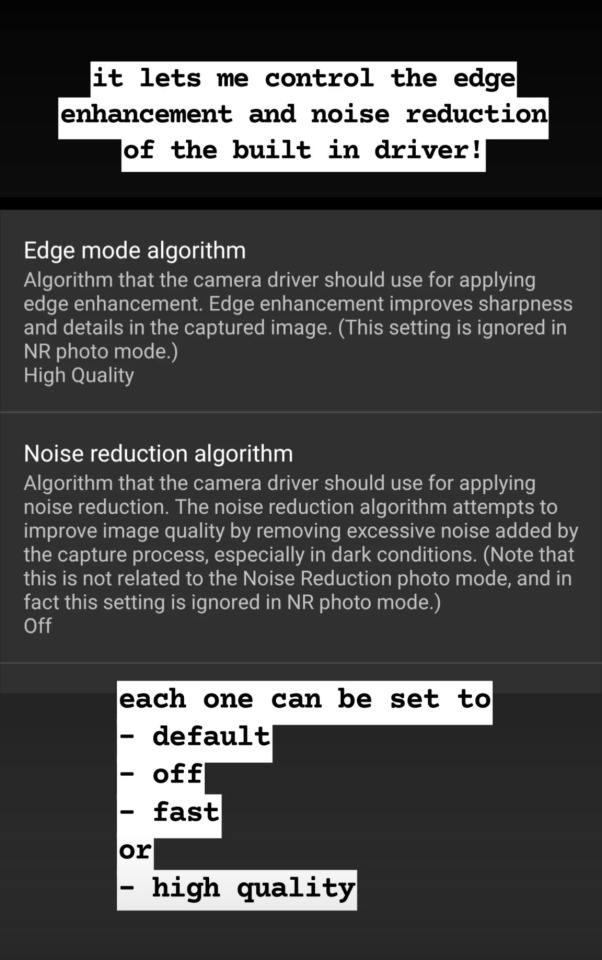
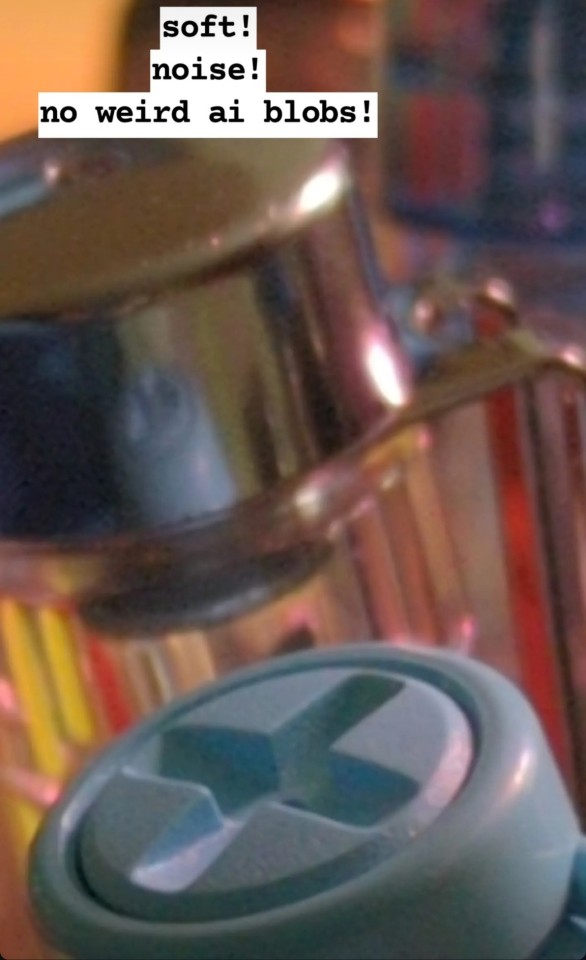
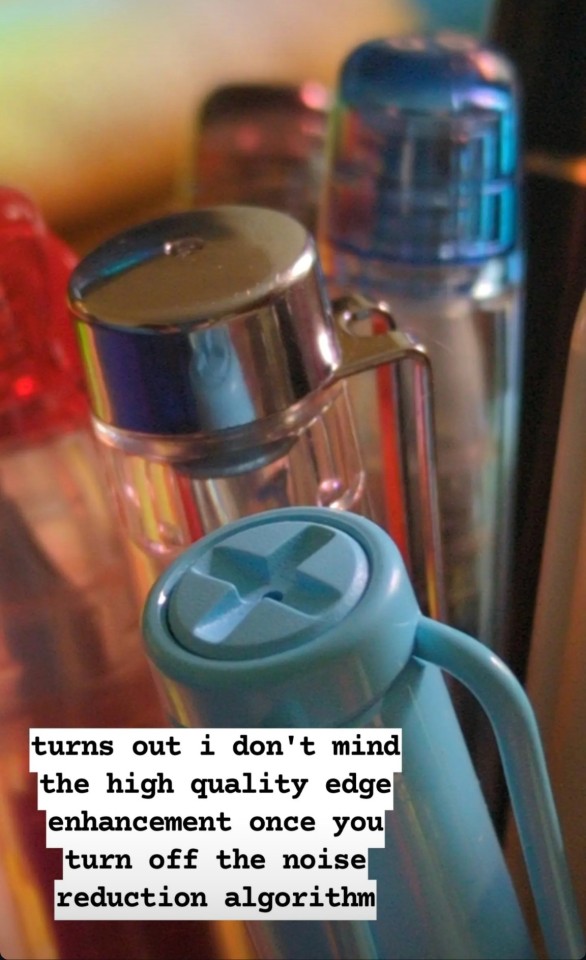
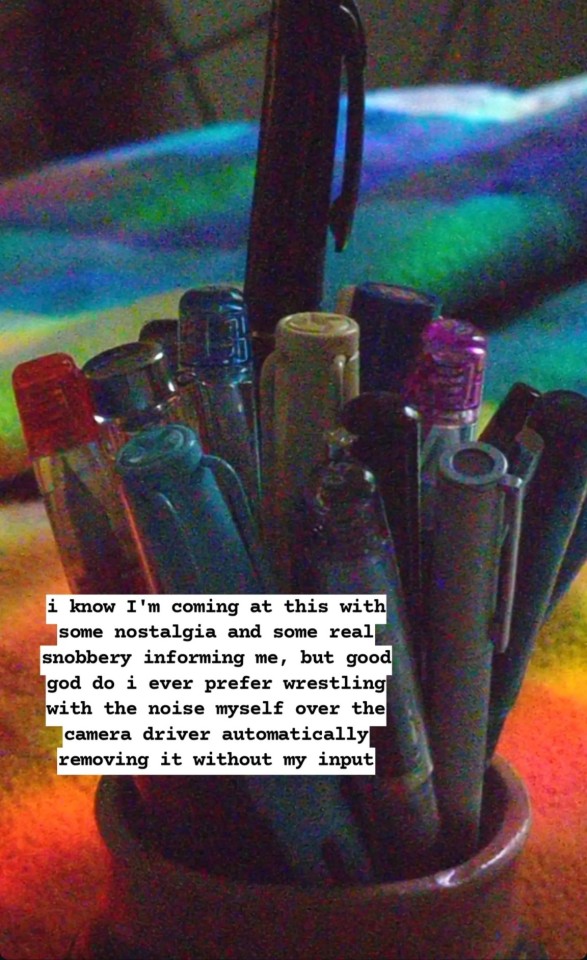
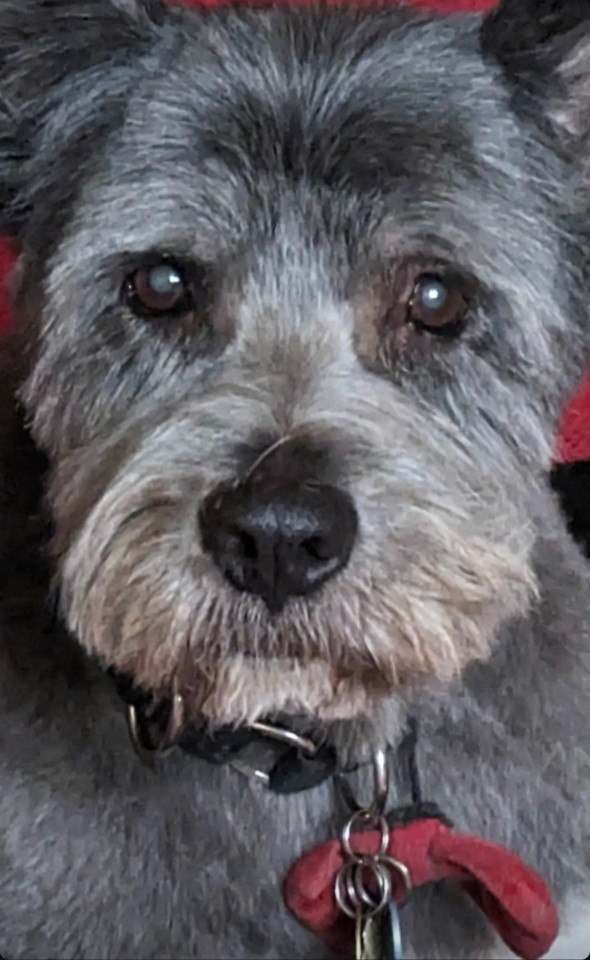
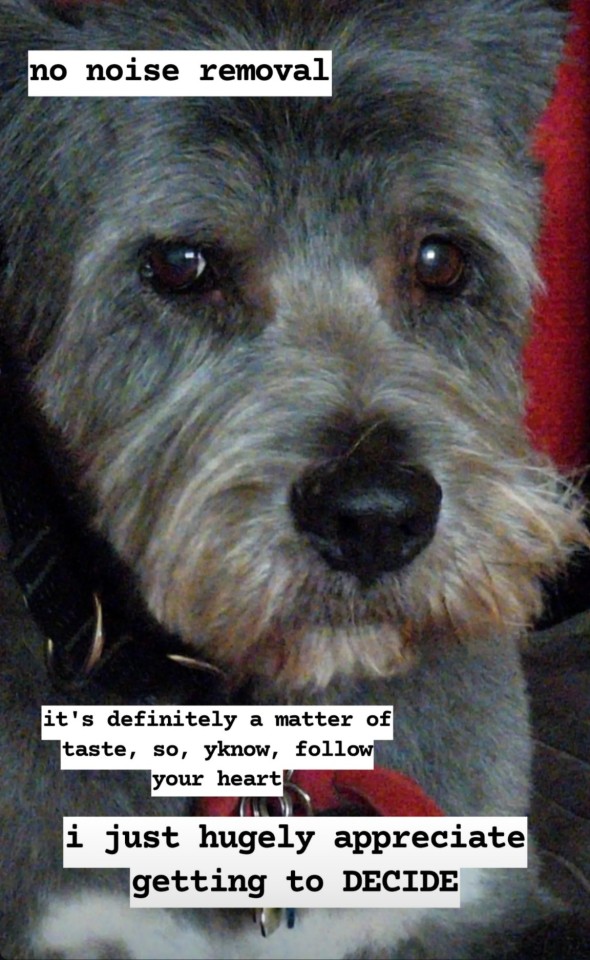
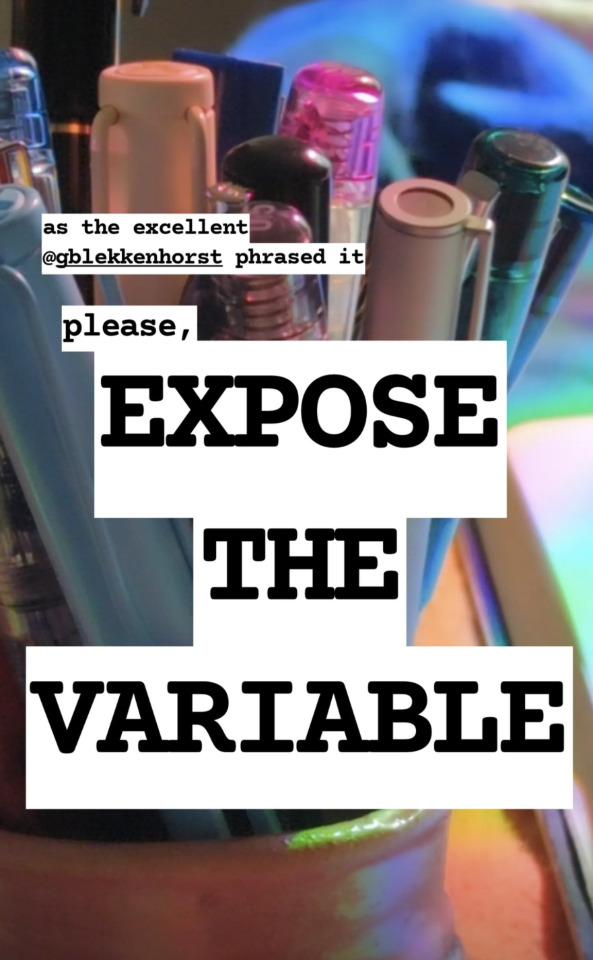
#Omg when i got my newest phone like 5 year ago it was a big upgrade and i was so excited for the camera BUT YEAH THE NOISE REDUCTION#THAT I DIDNT KNOW WAS HAPPENING BUT NOW I HAVE A NAME FOR IT. IVE HATED IT FOR SO LONG#THANKYOU#Alao i really liked the noise that my older phone would capture#Idk theres something abt it i actually like#Anyways this has been bugging me for so long and im so excited to try this new camera#Ty so much for this post OP
29K notes
·
View notes
Text
Capture and Process Images: Android Camera API Tutorial - Learn to integrate camera functionality into Android apps with this step-by-step guide.
1. Introduction In this tutorial, we will delve into the Android Camera API, focusing on capturing and processing images. The Android Camera API allows developers to control camera hardware, capture images and video, and apply effects. While modern Android versions have introduced Camera2 API, the Camera API (now deprecated) is still widely used due to its simplicity and backward…
0 notes
Text
Android 16 Beta 2 per Pixel: Fotografia migliorata, nuove opzioni di personalizzazione e tanto altro
Google ha rilasciato la seconda beta di Android 16 per i dispositivi Pixel compatibili, portando con sé una serie di novità interessanti che riguardano soprattutto il comparto fotografico e la personalizzazione dell’interfaccia. Fotografia La Beta 2 di Android 16 introduce l’esposizione automatica ibrida in Camera2, una nuova funzionalità che consente di ottenere foto in movimento più nitide e…
0 notes
Text
I got Lost In Paradise.
I've been watching Jujutsu Kaisen with some friends lately.
Song: Lost in Paradise
Artist: ALI (feat. AKLO)
Mapper: rfcaps_
Difficulty: Expert+
Mods used: Camera2, Cinema
https://beatsaver.com/maps/1b4f0
1 note
·
View note
Text
How to Connect UVC Cameras with Auto Focus and 4K Resolution to Android Devices
Connecting a UVC camera with advanced features such as auto focus and 4K resolution to Android devices presents a valuable opportunity for enhancing imaging applications. This guide provides a comprehensive overview of the technical considerations and steps needed to achieve seamless integration, ensuring that your UVC camera operates effectively within the Android ecosystem.
Understanding UVC Cameras
What is a UVC Camera?
A USB Video Class (UVC) camera adheres to standardized protocols, enabling it to connect effortlessly to various devices, including computers and mobile devices like Android smartphones and tablets. UVC cameras are recognized for their plug-and-play functionality, which simplifies setup by automatically recognizing the camera without the need for additional drivers. Key features often include high-definition (HD) or 4K+ resolution, auto focus, and auto framing capabilities.
Features of UVC Cameras:
Auto Focus: Automatically adjusts the camera lens to maintain sharp focus on subjects.
4K+ Resolution: Provides high-definition video quality with enhanced clarity and detail.
Auto Framing: Adjusts the camera's field of view to keep subjects centered in the frame.
Connecting UVC Cameras to Android Devices
Technical Challenges and Solutions
Integrating UVC cameras with auto focus and 4K resolution into Android devices involves addressing several technical challenges due to Android's lack of native UVC stack and libraries. Here’s a step-by-step approach to overcoming these challenges:
Develop Hardware Abstraction Layer (HAL): To facilitate communication between the UVC camera and Android device, a Hardware Abstraction Layer (HAL) must be developed. This involves creating custom drivers and kernel modules that bridge the UVC camera with the Android operating system.
Leverage Android Camera2 API: Utilize the Camera2 API to manage and control camera features such as auto focus, exposure, and resolution. The API provides the necessary tools to integrate advanced functionalities like 4K resolution and auto framing, allowing for precise control over the camera’s performance.
Implement Real-Time Image Processing: Optimize real-time image processing algorithms to ensure smooth video streaming and high-quality output. This includes adjusting frame rates, balancing exposure levels, and enhancing image sharpness to complement the UVC camera's 4K+ resolution and auto focus capabilities.
Driver and Software Requirements
Ensuring that the UVC camera functions correctly on Android devices requires specific driver and software configurations:
Custom Drivers: Develop and install custom drivers that facilitate communication between the UVC camera and Android device.
Kernel Compatibility: Ensure compatibility with the Android device’s Linux kernel to support the camera’s advanced features.
Firmware Updates: Regularly update firmware to address any compatibility issues and optimize performance.
Benefits of UVC Cameras with Auto Focus and 4K Resolution
Enhanced Imaging Quality
UVC cameras with 4K+ resolution deliver exceptional image clarity, making them ideal for applications requiring high-definition video. The addition of auto focus ensures that subjects remain sharp and clear, while auto framing adjusts the camera’s view to keep the focus on the subject, improving overall user experience.
Versatility in Applications
The integration of auto focus and 4K resolution into UVC cameras enhances their versatility, making them suitable for a range of applications such as video conferencing, live streaming, and remote monitoring. These features ensure that users benefit from high-quality visuals and efficient operation, regardless of the application.
Conclusion
Connecting UVC cameras with auto focus and 4K resolution to Android devices involves overcoming technical challenges related to driver development and software integration. By utilizing the Android Camera2 API, developing custom drivers, and implementing real-time image processing, users can achieve seamless functionality and enhance their imaging experience. For expert advice and further assistance on integrating advanced UVC cameras into Android devices, consult with imaging technology specialists like Muthu Kumar at Vadzo Imaging.
0 notes
Text

Storyboard camera placement

Camera1

Camera2

Camera3

Camera4

Camera5

Camera6

0 notes
Text
Choosing the right time-lapse construction camera is crucial for effective project monitoring. From progress tracking to security and safety, the right camera makes all the difference. Here are some options to consider:1. 360-Degree Time-Lapse Camera2. Fixed Position Camera3. PTZ (Pan-Tilt-Zoom) CameraEnsure your camera fits your project needs. Need assistance? Contact OpticVyu experts today! https://www.opticvyu.com/contact-us#construction #timelapse #opticvyu #projectmanagement #constructiontechnology #innovation #monitoring #buildwithus
0 notes
Text
{img https://barrarchiverio.7m.pl/p/error/98.png.php?icon=camera2&style=11&bstyle=modern&title=The ZX Spectrum is
A. An animal B. A computer&close=x&closeon=x&text=sonic and his dogs&b1=Abort&b2=&b3=}
0 notes
Text
Új videós funkció érkezik Androidra
Méghozzá egy videós bővítmény.
Az Android Authority szivárogtatta ki, hogy az idén érkező Android 15 Camera2 API-je egy új kiterjesztést tartalmaz, amely az Eyes Free Videography nevet viseli. Ez a funkció megengedi majd a harmadik féltől származó kamera applikációknak is, hogy egy megadott területre koncentrálva stabilizálják a felvételt.
A jelenlegi cél az, hogy a gyári kamera applikáció funkcióihoz a harmadik féltől származó appok is hozzáférhessenek. Ez aznban közel sem biztos, hogy így lesz, hiszen a gyártókon múlik, hogy mely funkciókhoz engednek hozzáférést külső fejlesztőktől származó applikációknak.
0 notes
Text
Nuke Into Maya
After we added the cubes into our own footage, I copied the camera node and pasted it to the side then added in another Scene node and connected these. Then I added a WriteGeo node onto this and connected it to the Scene node. The Cube node was added then and connected to Scene also.

Pressing tab on the viewer made the 3D version appear like this:
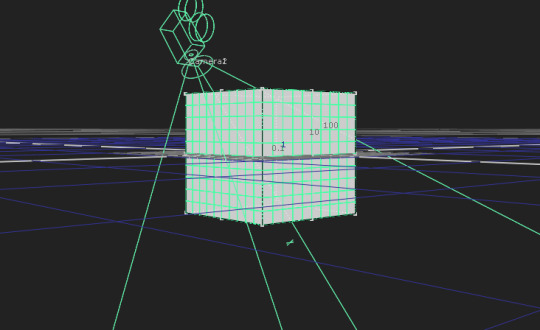
The cube now needed resized to be the same as the smaller cube within.
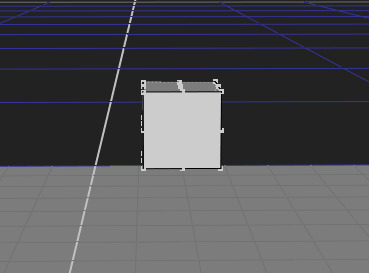
To export this, I had to double click on the WriteGeo node and in its properties, save it to the appropriate folder and save it as whatever name ending in .fbx e.g. cameraexport.fbx. Then I selected execute in the WriteGeo properties and made sure it was the correct frame range.
Next we moved on to Maya and imported the new fbx file in.
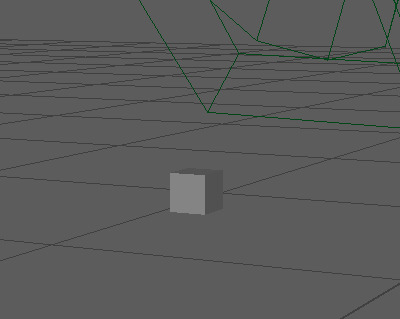
I chose Camera2 under Panels>Planes so that the perspective was from the imported camera. I imported the frame images from under View and Image Plane>Import Image. Lock Camera under View.
After importing the frames from the coffee table video into Maya as an image sequence, in its properties I chose Use Image Sequence.
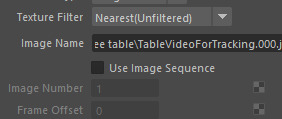
I had to then create another cube to act as the coffee table in Maya so that the object sitting on the table would have something to cast shadows onto.
I clicked the D+V keys to move the rotating point of the two objects to one of the corners then used V key alone to move the cube to be on level with the table cube.
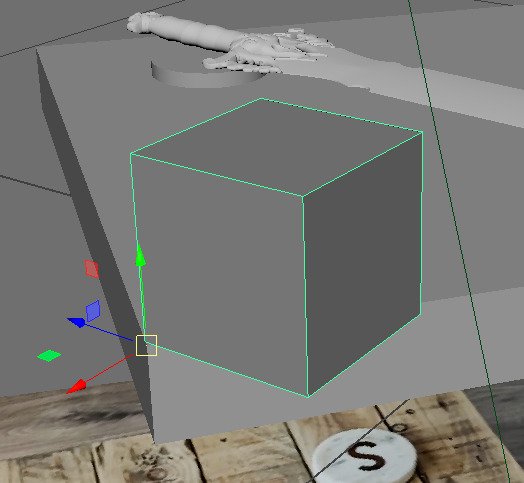
This cube I had to give the AIShadowMatte material to the table cube so that it did not appear in the render.
I downloaded a free 3D model of a sword online to import into Maya. The sword was too flat so I was told to make a cylinder for the coaster to lean the sword upon and then give this cylinder the AIShadowMatte also.
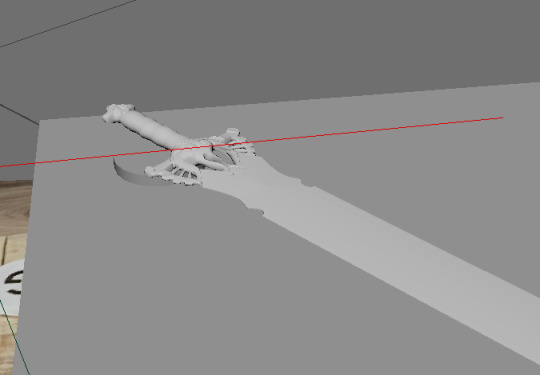
Once I was satisfied with the placement of the sword, I inserted a dome light to light the scene in the render and lowered the visibility down as it immediately turned the render white. I also had to add in an area light so that a shadow would be cast by the sword onto the table once the light was angled properly to recreate the direction of light in the video. Changing the values of the Exposure in the Area Light and Intensity meant I could make the sword look more realistically lit.
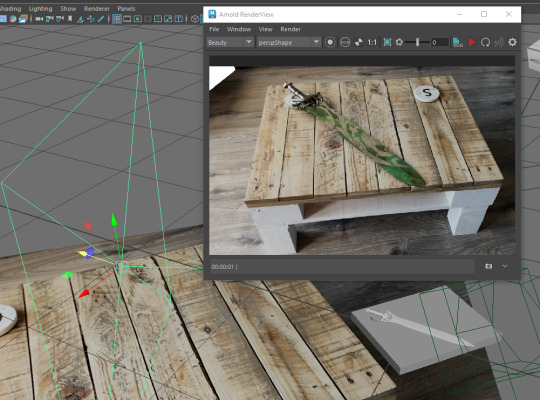
Once I was happy with the lighting and position, I rendered the video.
I'm not happy with how it moves slightly but as a first try fairly satisfied.
0 notes
Text
nvm i was tryna move using camera2 instead of the work camera :-p
0 notes
Text
i've also been playing around with this app recently, as especially my chinese brand phones (motorola, oneplus) don't offer the option to turn image post-processing off completely. And ai processing is infamous for inventing details where there are none (such as filling in the moon based on what it knows the moon looks like, not what details are actually in the picture - because, gasp, the kind of hd-enhancement you see/saw in movies is impossible!)
Anyway, it also pays to look at the camera api settings. If your phone supports it, camera2 api seems to deliver even better results (and opens up more control options)

Open Camera App
A follow-up to this post from last night.
In my reblog I said I'd installed the app, so I went out today with both cameras and did a test shot.
The subject is firethorn blossom in our hedge, time 18:34 / 6.34PM, sky almost-cloudless blue, lighting optimal.
First, a Nokia G21 (released February 2022): here's a shot with its native camera app, and a crop for close-up detail.
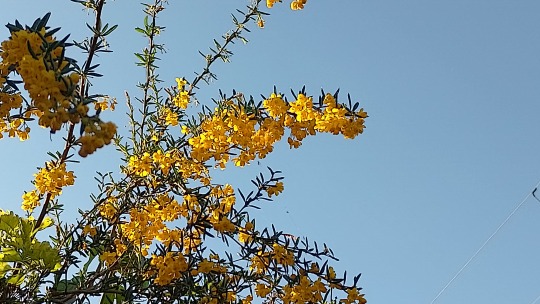
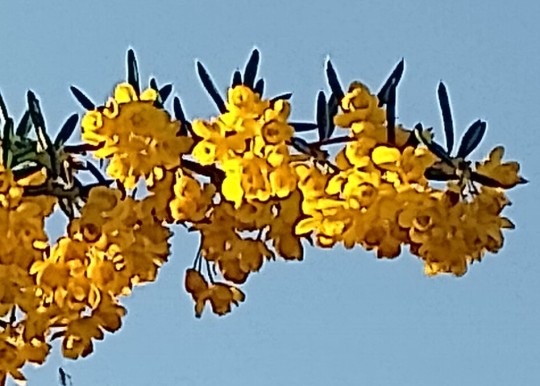
Here's a shot with the Open Camera app with installation-default settings, and a crop.
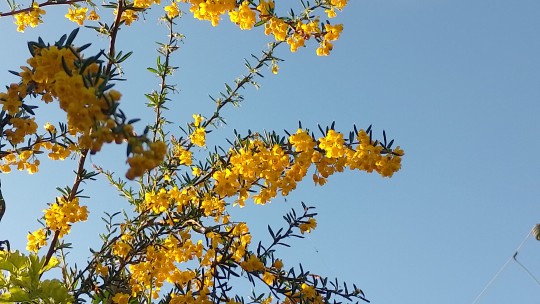
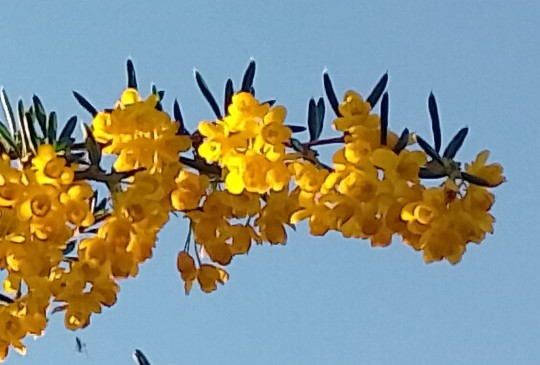
IMO, Open Camera makes a serious improvement.
Now an HTC U11+ (November 2017). I bought this older phone last year, old stock NIB, just for the sake of its camera, after seeing the quality pix @dduane was getting from hers.
First, the native app and a crop.
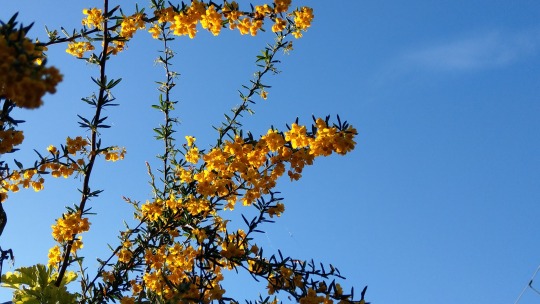
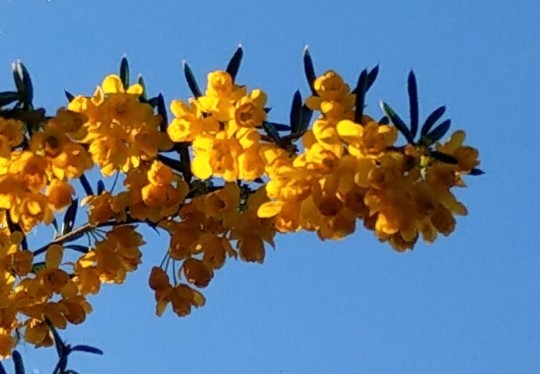
Next, Open Camera at installation default settings, and a crop.
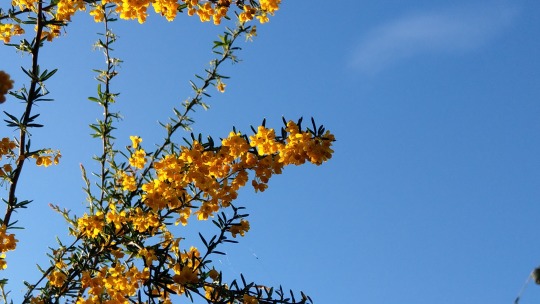
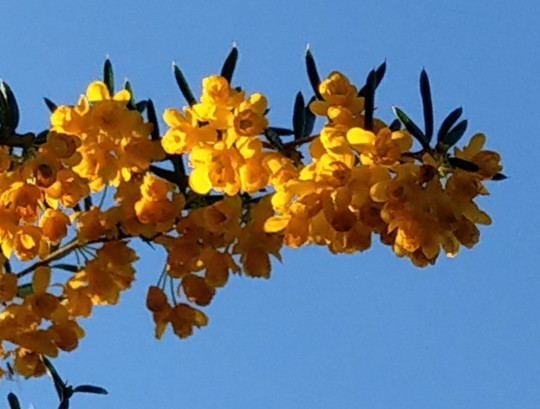
It looks to me as if Open Camera works best when installed in a phonecam whose native app runs excessive image processing as a matter of course.
The Nokia pics are a case in point, while the HTC, a far better native camera app (and I suspect a far better camera full stop) shows much less improvement.
Now I get to find out what happens with Open Camera in the HTC once I start tweaking settings. That, however, is for later.
Meanwhile, two thumbs up and a big thank-you to @shelandsorcery for putting me onto this app!
#phone camera#photography#Open Camera app#A bit of colour correction is fine imho but motorola makes all my pictures blurry thanks to the aggressive noise reduction#And oneplus oversharpens everything#Let me do my own image editing thanks
103 notes
·
View notes
Text
So that's what the "S" stands for...
Info Below :3 (Major Flashing Lights Warning)
Track: Blend Slipknot
Mapper(s): Joetastic & Z-ANESaber
Mods: Chroma
Difficulty: Expert+
BeatSaver: https://beatsaver.com/maps/2efaf
I tried fiddling with my Camera2 settings for this one
1 note
·
View note
Photo

2021 September 16
Source
#photograph#london#greenwich#river thames#capital quay#camera2#HMS Albion#sunrise#Pillowfort#pillowfort crosspost
0 notes